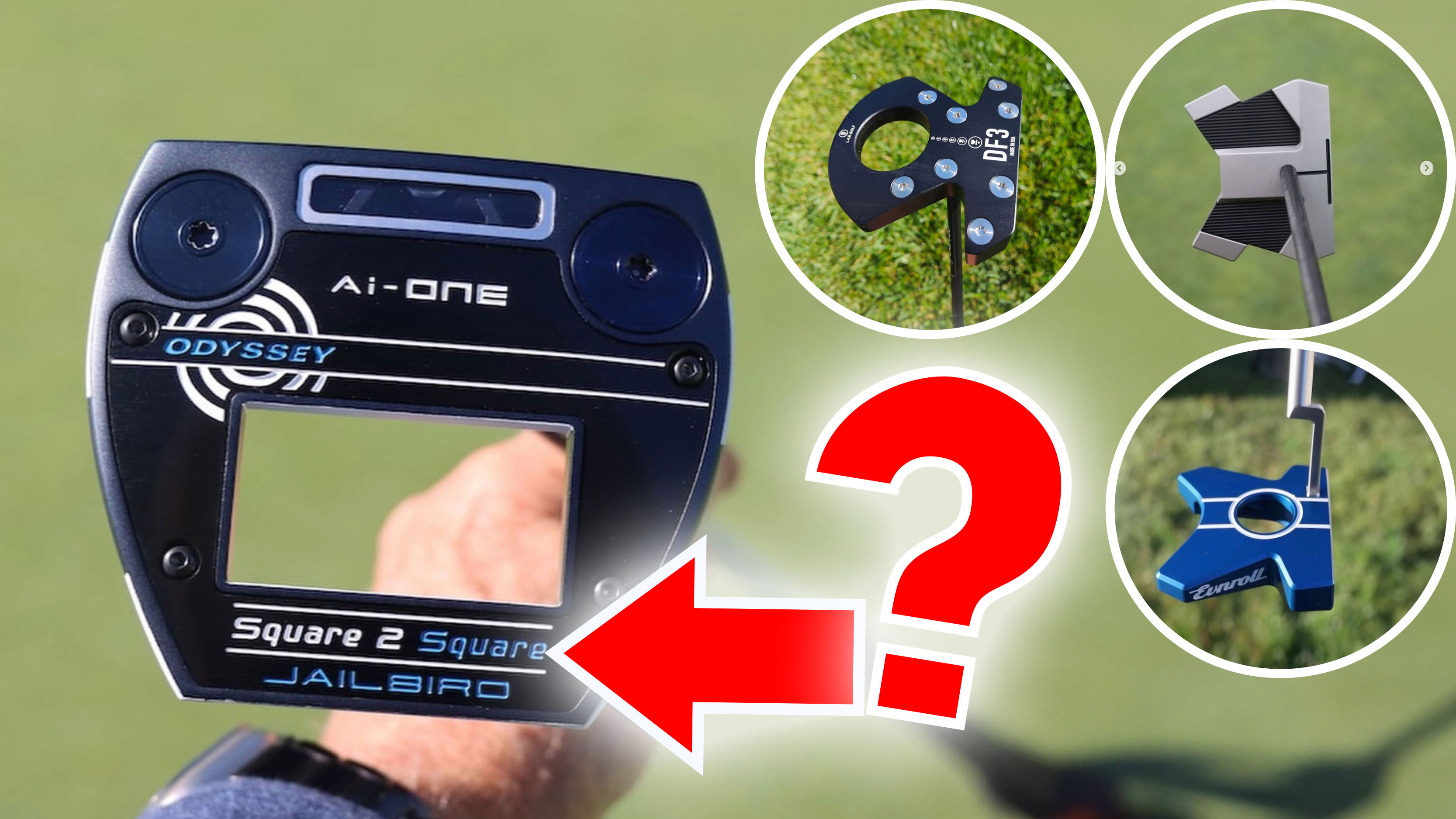
I have been banging this drum for longer than my colleagues at Golf Monthly would care to mention. A putter revolution has been coming and it might have arrived even earlier than I expected.
WATCH: Joe Ferguson discusses the new 2024 gear trends he believes are here to stay
To give you some context first, LAB Golf has been creating significant traction on global professional tours with its somewhat unorthodox-looking putters over the past couple of years. Players such as Richard Bland, Adam Scott, and Lucas Glover amongst many others have been using models such as the Mezz, Mezz Max, and DF3 with great success.

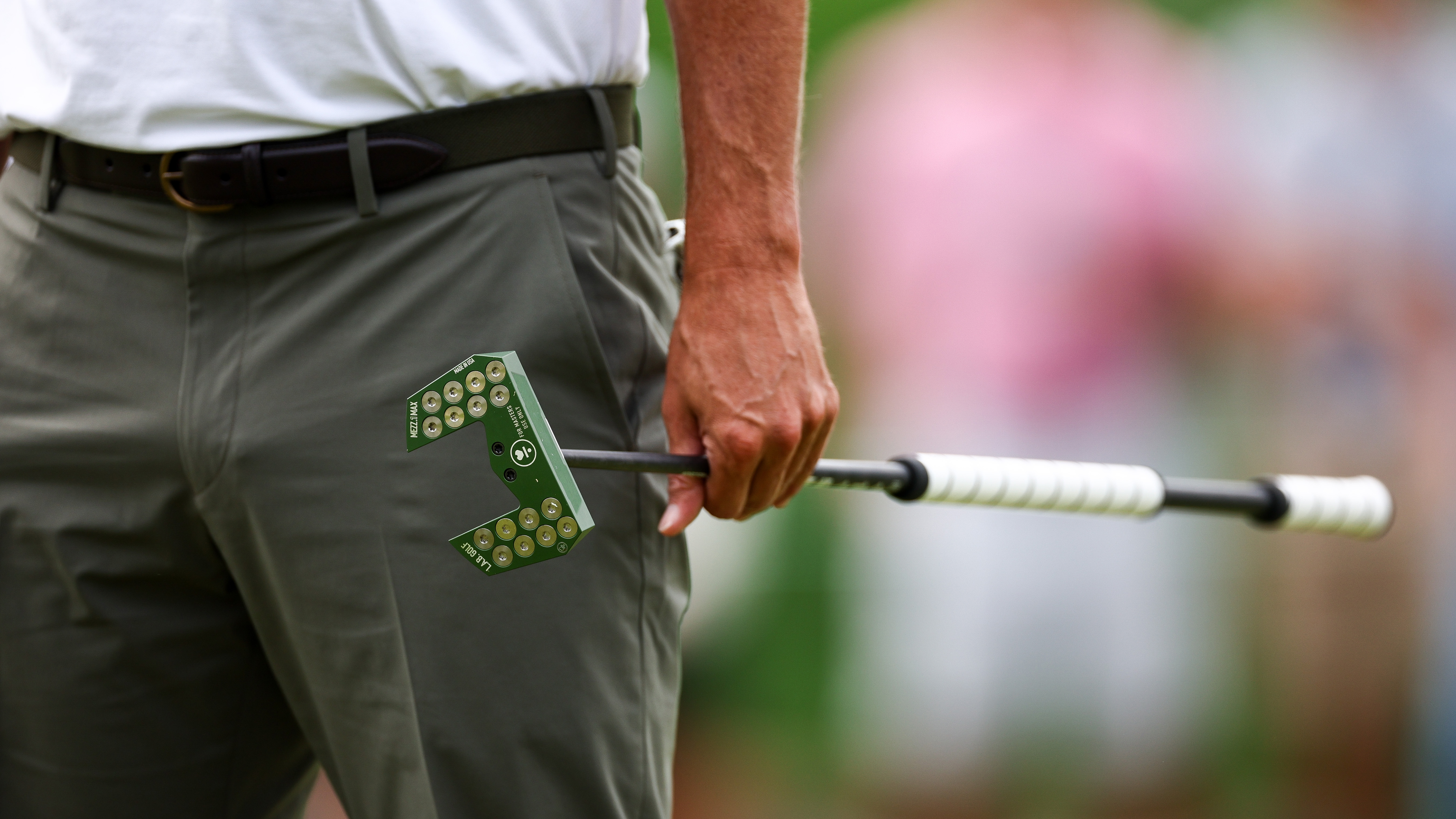

Despite the relatively bold aesthetics and colors of the LAB putters, the premise and technical benefits are sound. As you may already know, most putters have fallen into two categories of head style for some time, face balanced (where the putter's face will point skywards when held horizontally without manipulation), or toe hang (where the toe of the putter will point downwards to varying degrees under the same circumstance). This is generally influenced by the neck style and the point at which the shaft enters the head. The widely held thought process has generally been that toe hang putters suit players with a more pronounced arc to their stroke, while face-balanced putters suit players with a more neutral path or square-to-square style stroke.

In more recent years, LAB Golf has pushed the virtue of another style of putter, one which the company is named after, Lie Angle Balanced. Essentially what this means is that the putter is designed in such a way, through clever head weighting (and where the shaft enters the head) to create putters that basically want to stay square all by themselves throughout the putting stroke. By contrast, toe hang putters are designed to swing open and closed somewhat during the stroke requiring precise timing of the release, and even the most face-balanced putters, which typically encompasses most mallet putters, have a hard time maintaining their orientation -
which is superbly demonstrated by LAB Golf's clever device ‘The Revealer’.
Place any non-lie angle balanced putter in ‘The Revealer’ and watch as the clubhead twists around at will throughout the putting stroke as if it has a mind of its own. Contrast that with watching a LAB putter in the same contraption and it is a very powerful visual. The LAB putter holds its orientation superbly, with the clubface steadfastly pointing toward the target, and simply does not want to rotate away from a square to path clubface orientation.
I was an early adopter of the technology when Odyssey released its Toe Up putters in 2016, and have had the number 9 model in my bag ever since. While LAB Golf may argue that my particular model isn’t ‘truly’ lie angle balanced, to all intents and purposes it is, and like its LAB Golf counterparts it simply refuses to budge from square during the stroke.
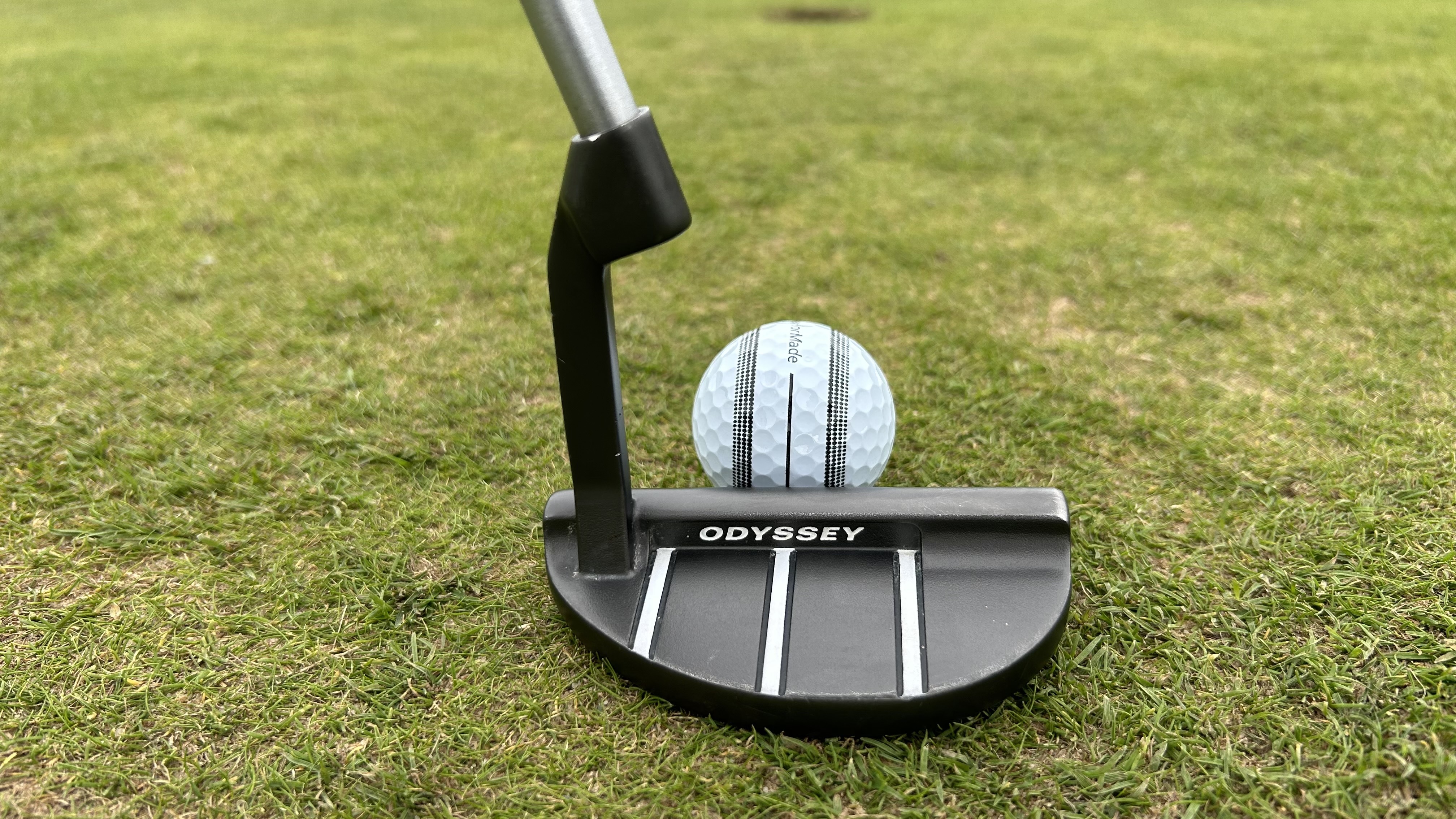
It seems that some of the major manufacturers may now finally have brought their thinking in line with mine, which is to say that this concept is, without doubt, the future of putting.
PXG has very recently released its Allan putter which it has dubbed ‘Zero Torque Balanced’, and has even created its version of the Revealer, called the ‘Zero Torque Spotter’ or tube, which also demonstrates how non-lie-angle-balanced putters (or zero torque balanced in PXG’s case) lack the much-needed stability throughout the stroke.
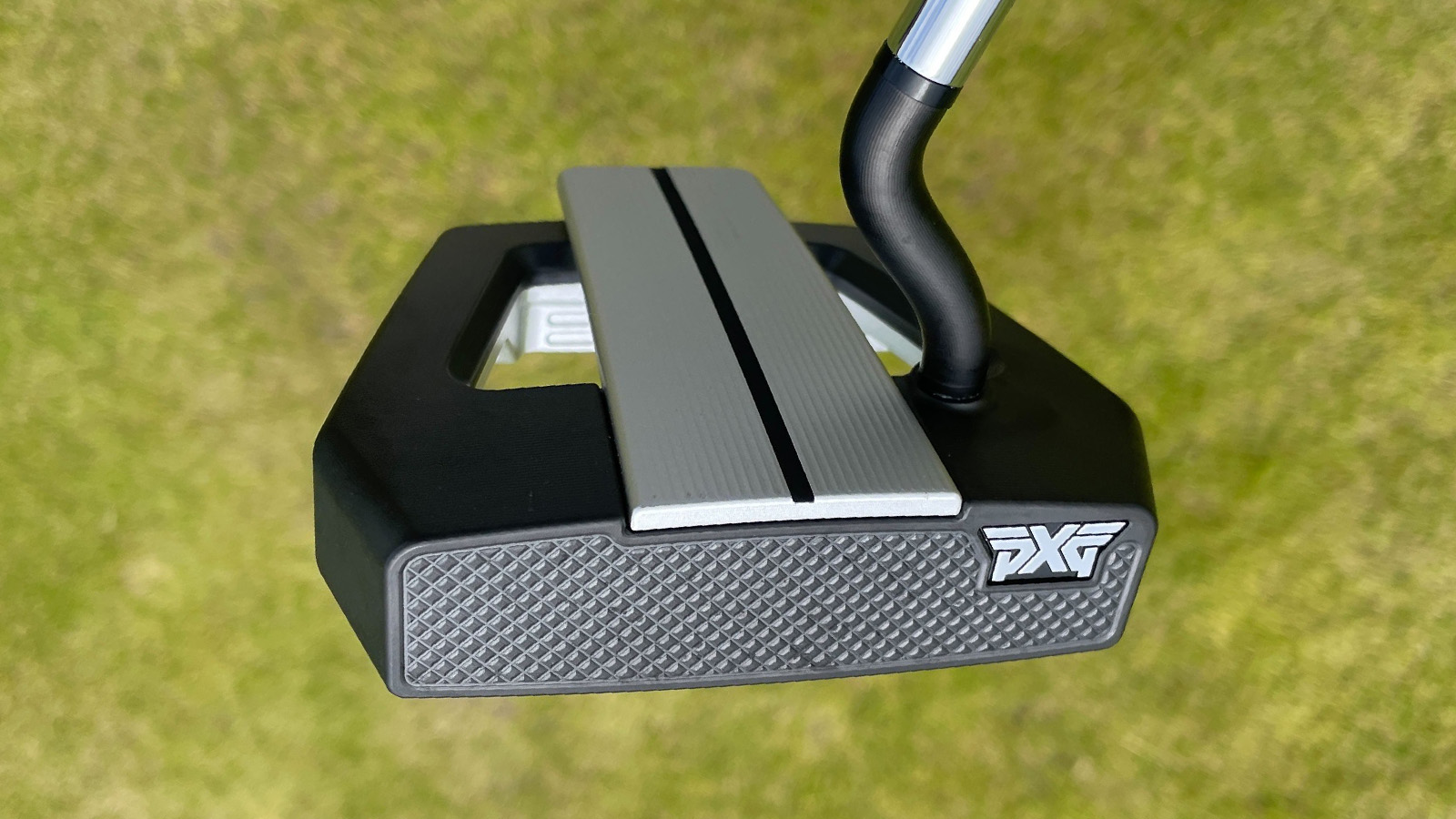
Other big names such as Evnroll, Scotty Cameron, and Odyssey have all recently been spotted with some prototype models that appear to be based on a similar design principle. Although we don’t have many details at all from Evnroll or Titleist yet, it would appear that the Odyssey prototype model is called the ‘Square-to-Square’, and having been an Odyssey guy for some time now, this is the one I am most looking forward to trying.

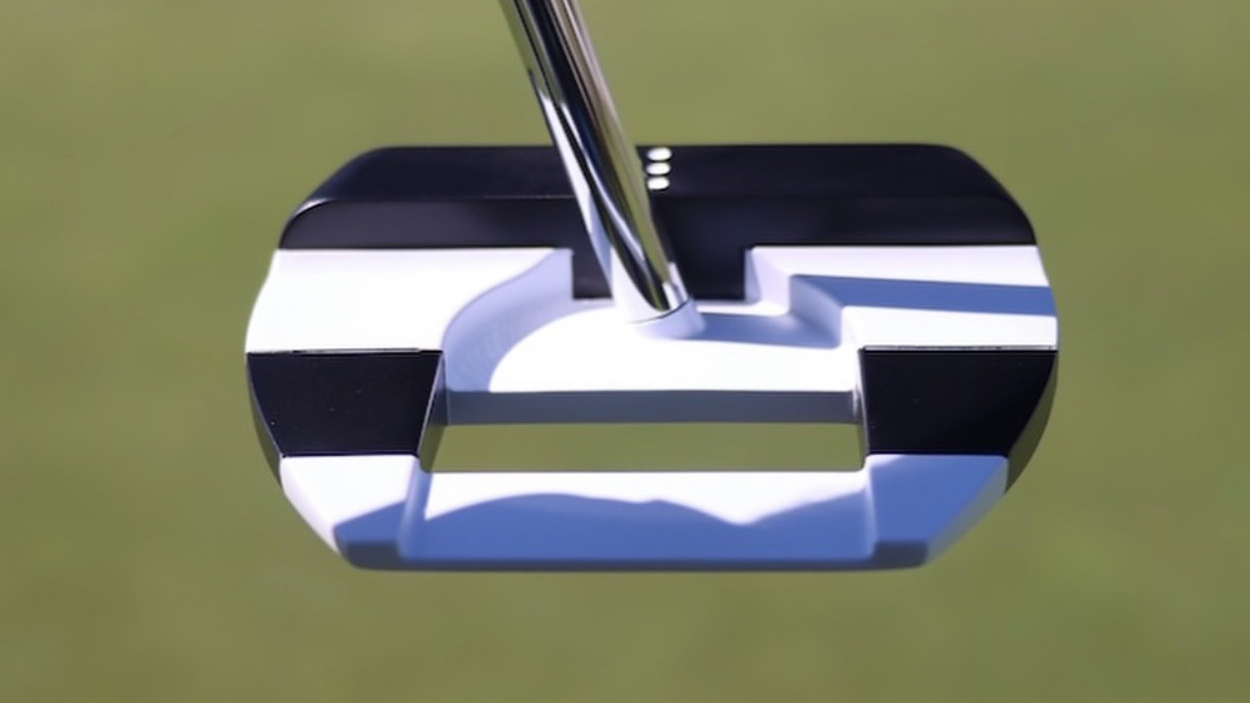
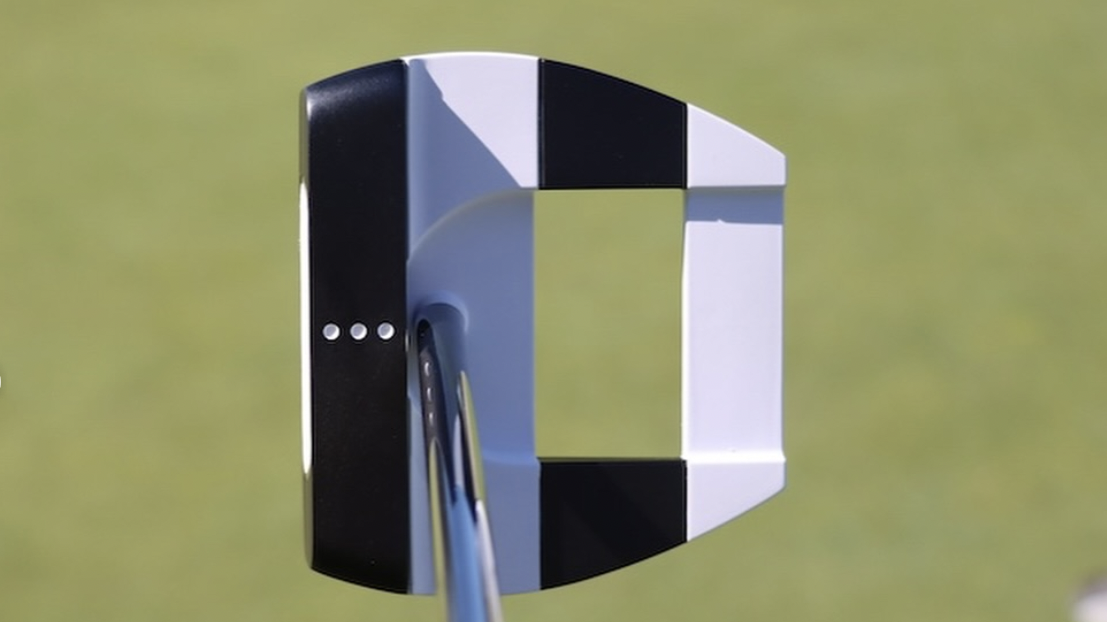
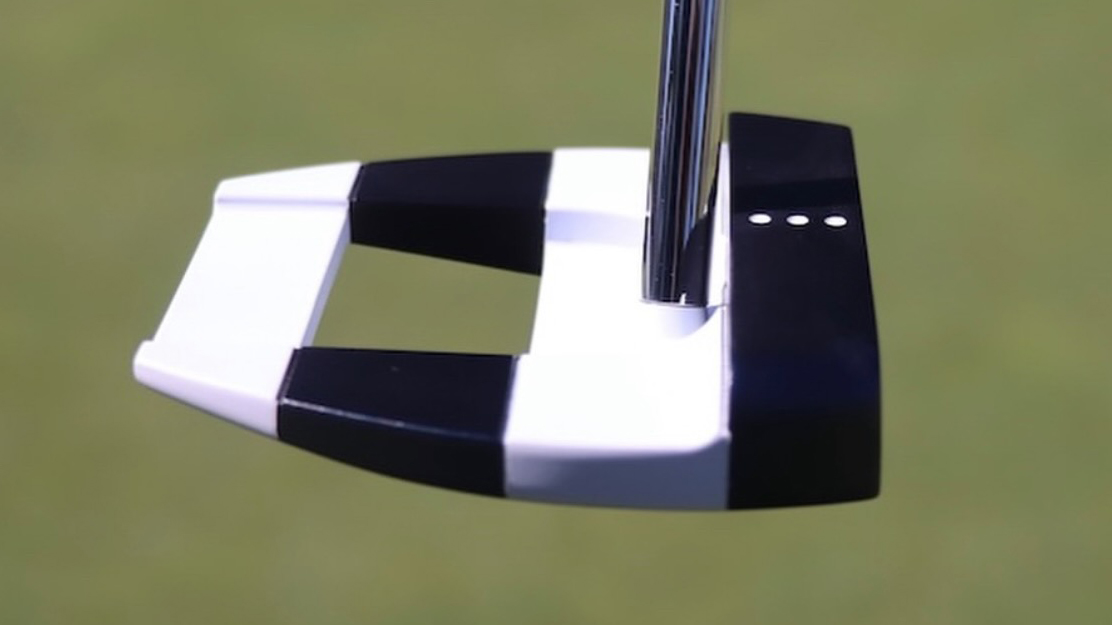
I am already building myself up for the backlash of the Scotty Cameron enthusiasts who refuse to entertain anything but a Newport 2 as a quality putter, and whilst Scotty Cameron makes exceptionally beautiful and great feeling putters, in my opinion, there is a scientifically better way of building putters. So much so, that I genuinely believe that we will look back incredulously in fifty years time wondering what on earth we were doing building putters that actively wanted to rotate away from the intended target? Much like smoking on a plane, or seatbelts not being a legal requirement, with the benefit of hindsight it becomes clear that some things were just not smart.
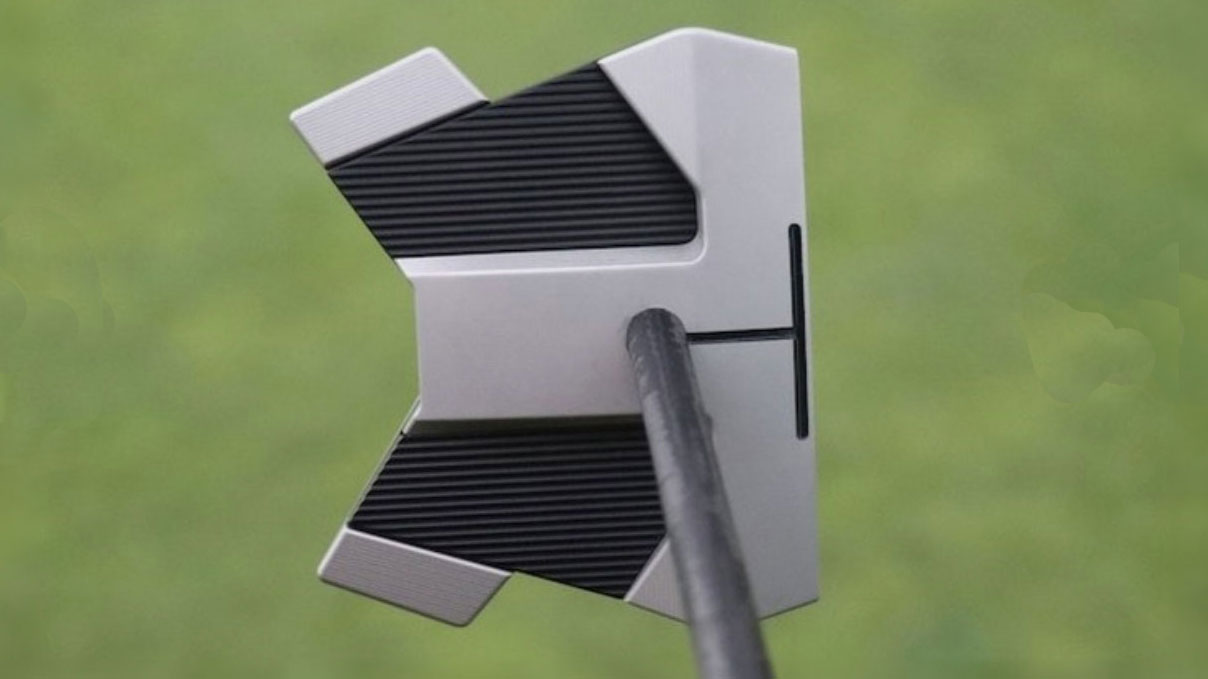
Some traditionalists will argue the logic that toe hang putters suit certain stroke types, but I would argue back that as a former putting coach and fitter, I have never seen any tangible evidence in all my data collection to back up that theory. It may be a feel preference of some, for example, Tiger Woods has always said that he likes the feel of the putter head rotating through impact but as the player with arguably the most incredible hands of all time, I would suggest he is an anomaly and not the example to follow here.
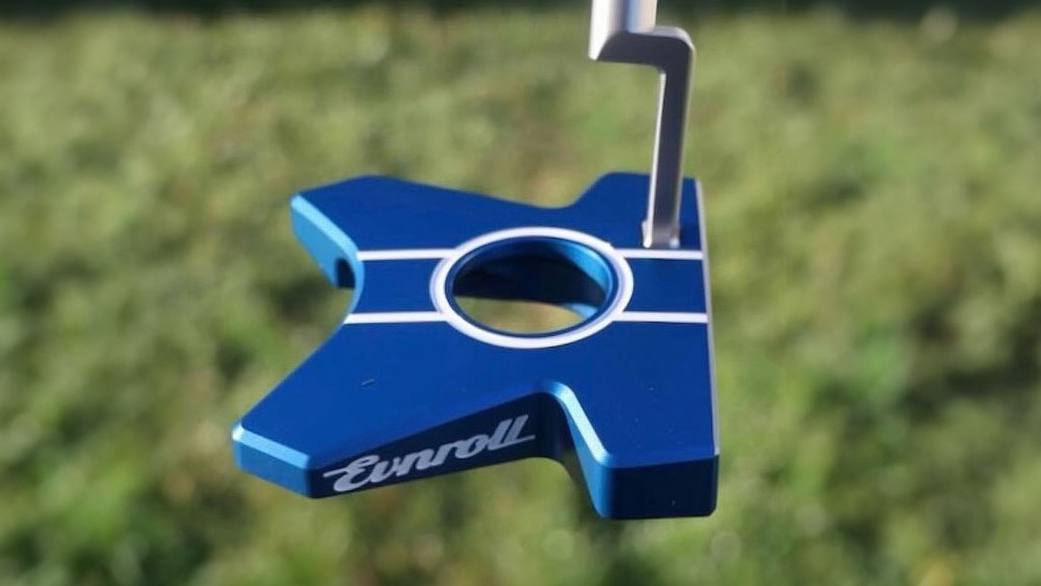
I firmly believe that once you try a lie angle balanced, zero torque balanced, square to square putter, or whatever each individual manufacturer may well in time be dubbing their own version of a lie angle balanced putter, it is very difficult to argue against the fact that it is a significantly more functional way to design a flay stick. I would urge anyone who hasn’t already, to try one at your first opportunity as I believe this is how all putters will be designed before long.







